Last Updated on November 14, 2024
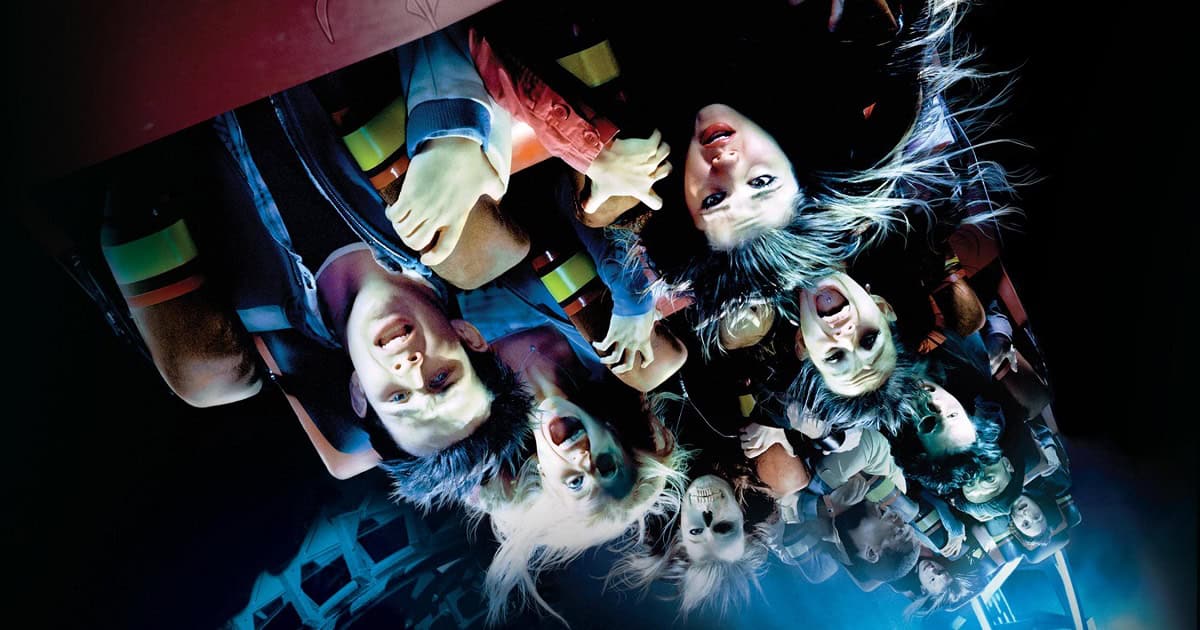
As I promised at the end of Part 1 of my set visit to the upcoming FINAL DESTINATION 3, I have the first part of my interview with director James Wong, writer Glen Morgan and producer Craig Perry here for your greedy eyes. I must say, as this was also my first interviewing experience, that these guys were great! They were eager to answer our questions, and were very open with everything (well, except for the details on the majority of the kills, but can ya blame them?). You can tell they were really excited about this project and they know exactly what kind of movie they’re making- a fun flick that kills people in creative ways! But enough of my blabbering, and onto the interview!
Why was this movie crying to be made- a second sequel to FD?
Craig Perry (CG): Well, look, there are a lot of factors that go into one of these things, one of them is I was very happy with FD 2, I thought it was a lot of fun, I thought it was very concise, very constituent, and it was exactly what you expected it to deliver on that end, and was both a successful venture both creatively and obviously commercially. But on the latter part of that equation, when the sort of DVD quarterlies came in, it was like ‘Hmmmmm perhaps what you’ve been screaming for Craig is a good idea?’.
So it is an economic decision, but with that economic decision comes that creative challenge of not screwing the pooch, you know? You don’t want to completely obviate the good will hopefully generated by the first two. And to that end the challenge was finding filmmakers that would share that vision of triumphs that would end that entire thing on an up-note.
We actually went to Jim and Glen, as we did with the second one, which they weren’t available, for the third time mostly out of respect, you know, they were the initiators of the whole series, and to our happy surprise they said ‘you know what, that’d be a heck of challenge, and they were really interested to see if we could pull it off’.
And to their credit they kind of jumped in feet first and in my opinion came up with what I think, hopefully, is going to be the perfect synthesis of the strengths of the first two, because hopefully we all know that the old adage that the third time’s a charm, and I think that these guys applied that strategy and tried to take the best of both worlds of the movie, because they are very different, if you’ve seen them they’re very different in tones and energy and by clinging them together, hopefully knock on wood, we’ll make everybody who liked both of them individually or collectively, happy. Speaking of Happy- Glen Morgan.
So Glen, tell me, what can you do in a third installment that moves it ahead, makes it fresher, that’s different, surprising?
Glen Morgan (GM): Maybe when you see the film you’ll feel that I did nothing (haha). I don’t know whose idea it was, but Richard Brener said the third one’s a roller coaster. So, yup, ok, and Jim and I always like to come up with stuff that you come across, and you know, the idea that the camera, the digital camera that everybody has- either as a camera or on a phone, is giving you clues as to where you might go. And that seemed like a unique possibility.
CP: And that’s one of the things that we responded too as well, and why I think it does distinguish itself from the first two, and that is that we all have digital cameras, we all have pictures all over our houses, and imagine if you could actually, with a heighten sense of awareness, look at all those pictures, and analyze the geometry of what’s in those photographs and kind of say huh, this is shadowing something that is going to harbiture doom for later. And it’s that infinite accessibility that I think distinguishes it from the first two and is commending of the best things of the first two.
GM: And we’re cheap…
CP: Yeah, and we’re cheap… (haha)

How is this one going to be like the first, or like the second, or like them both together?
GM: I don’t know, I mean I liked the second one, and you know, Jim and I didn’t work on that, but what David and the guys did on that, and you know there were these subtle differences depending on who’s making the movie I think. Craig and I share a kind of Gallo’s humor, so that will be back a bit and you know this one, I don’t know if we always successfully pull it off, but we like to have themes and in this one the Wendy character’s theme is the loss of control.
With a roller coaster, psychologists will tell you that’s why people hate them or why you’re afraid of them, or why you’re afraid of flying because you have no control. And for when I’m going up any roller coaster I want out, and I’m not getting out, and that’s torture, I can’t – it’s unbearable. So the whole movie has issues, and that, when you look at death, you know what I mean, you might cross that street, and you don’t know if you’re going to get it, and that feel that if it wants us, I think that’s why the franchise kind of works.
CP: I think that’s why horror movies work. When you go into the theater you’re sort of relinquishing some sort of control and willingly getting yourself in the story, and allowing these things to unfold and these sort of feelings of what’s going on and being infested in it.
GM: Except in a horror movie you can walk, where as a roller coaster you’re locked in and you’re not going anywhere.
Do you have a phobia about roller coasters?
GM: Oh yeah, it’s just– I have no means on going on them. I’m the dad now, when my kids go on them, I go ‘I’ll be on the bench by the exit’.
Will you be bringing any of the characters back from the first two films? Like Tony Todd?
GM: You know, I think Tony’s a great actor, and I liked that character a great deal, and I kind of felt that even both films that part kind of brought the movie to a stop. And I didn’t know what to do with that character other than to make it ‘he’s death’ or some kind of goofy thing like that and I just to keep the momentum going – really in the first movie he becomes as a means to explain the rules, to give you a little clue that guy at the edge of the dark forest kind of thing. And I think that now people kind of get what the series is and I don’t know if he’s needed.
Any other characters?
GM: No. My wife Kristin keeps going ‘I could play that part’ and I’m like ‘You’re dead. You got killed in the first one and there’s no ghosts’, so…
CP: No, there’s no one coming back for us. It’s sort of the blank slate. The only person who’s back is Death, and he doesn’t require a trailer.
How serious was the consideration in making this 3D?
GM: It was very serious. Jim and I liked the idea a great deal. Jim’s friends with John Landau who’s with Jim Cameron’s company, and we went down there, and we looked at TITANIC stuff. Yes. The problem and the cost comes to the exhibitors- they have to get a silver screen, and get a
lens, and it’s a $15K cost to the person, for each screen, and Jim’s like ‘Oh, that’s not too bad’, but advertise over 3000 screens, and yeah… And so, the Red and Blue I’ve always hated. With the red, you can’t film fire or blood, and that’s a problem on this film. Bob Shay had done it before with the Nightmare on Elm St.’s and hated it.
CP: Unless we could go all the way, collectively both the studio and the creative side, we realized that it wasn’t worth it until the time the technology has been implemented.
GM: It’s possible that movies coming out in 3D could do it in that red and blue, they just look cheap. Which we are, but we don’t want to look it
(haha).

Can you talk a little bit about the opening roller coaster scene?
CP: Sure. Look, there’s a certain, not formula as much, but expectation the audience I think has for these. The roller coaster in many ways is no different. It has elements of who’s sitting where, there’s elements of who switches around at what point, and I think that the device of the camera, because the girl is taking pictures for the yearbook, allows of snippets to come back and sort of analyze, in turns of the characters and the audience later, which makes it a lot more interactive.
The coaster itself, you can only imagine the sort of terrifying things that’s happening. There’s a lot of bodily harm inflicted at great speeds, and a lot of gravity doing it’s job. We have taken the coaster that’s over here in Vancouver, and digitally extended it, added an enormous loop in it, raised the first accent from where it is now to about 200 feet up, and it’s going to deliver a pretty impressive sequence for the audience.
And I want to make that clear, as with FD2, it’s not going to bullshit out on the gore, without making it to the point where people are going to be running out of the theater, it’s going to deliver what the genre people want, and mirroring that aesthetic with FD2, with the smarts with the first one, it’s going to be a perfect synthesis of the two.
GM: When we had our first structure meeting when we were at the hotel, and usually when you start a movie, you go ‘well, we have a car chase scene, and something blows up’ and for this movie, we go ‘well, we’re going to crash a roller coaster.. how do we crash a roller coaster?’ and we kind of just looked at each other… and it’s something, not that it’s really ground breaking, but it really hasn’t been done before in this way.
CP: ROLLERCOASTER in 78’ was the only movie that had any real kind of roller coaster issue.

Is it going to be done practically, or is it CG, or a combination?
GM: It’s really complicated.
CP: They had about 10 6-hour meetings just on that sequence.
GM: It’s really complicated, you know, the price of what these movies should be made at, and there’s the roller coaster, there’s going to be 2 weeks of green screen with hydraulics, there’ll be CGI, everything.
CP: We’re going to have the actors hang upside down and yanked out of cars. With cars falling and flipping- it’s good times.
Did you film all this in an actual amusement park?
CP: We’ll be shooting all matter of the stuff with them riding in the roller coaster on the actual coaster so we can see how their movements are, their hair, and seeing them not only act, but physically react, with lots of interesting camera angles, which are apparently new, we haven’t seen a lot of these things. POV shots.
One of the things that I thought was most interesting was a device that actually keeps the horizon line, so when the coaster moves on an angle, you stay level. There’s a POV going back, there’s helmet cams so the actors can look over at the characters sitting next to them, so they can get a sense of, not just the POV, but interactive POV.
GM: When we went down there we had two of our key grips building camera mounts out of Styrofoam to test where it would break, and it came back in just piles of broken Styrofoam, cause they would build it to where they’d want the camera and send it on it’s way and it would like smash into a pole, and we’d have to modify that. (haha)
Do you have, or expect to have any complaints or problems from theme parks or ride manufacturers that might fear that you’re going to scare people from roller coasters, if it’s going to be as effective as you hope it will be?
CP: I relish the opportunity. If we’re getting to that point, we’ve done very well for ourselves.
GM: The PreVis, which is what the visual effects guys do, which like an animated storyboard, is really well done. If we can capture that, it’s going to be really-
CP: Bad ass–
GM: It’s going to be really neat.
(James Wong enters)
I wanted to ask James, and Glen both, it’s a two part question, you didn’t want to do 2, was it partially scheduling, and I seemed to recall that you didn’t want to do a sequel at all in the first place. Was that true, or was it just a scheduling thing?
JAMES WONG (JW): Honestly, I didn’t have anything to offer New Line, and Craig’s a friend, and Richard Brener and Toby Emmerich, and neither one of us (James and Glen) wanted to take their money. And it wasn’t until we went to the premiere of the second that we went ‘this is really cool, someone made a sequel of something that we did’, it was an honor. We just didn’t want to take the audience or New Line’s money if we didn’t have anything to offer.
GM: We don’t have anything to offer now, but… (haha)
Is it a manner that you really wanted to reclaim the franchise, or did you want to bring it back?
JW: You know, there was some stuff that we were doing (WILLARD) and that made it less available for us to do. And in this case, for 3, I think we really came up with sort of a new angle on the series, and in this movie there’s sort of … You know, in the first one, there’s really no mystery as to what was happening. It was sort of, you knew that the characters that death was coming after them, but there was really no detective work in the way, and this one there is a little bit of that.
There’s a new device that we use, which is the digital camera, that we use, and when Brenner said ‘I want to do a roller coaster’ as the first, exciting sequence, and that would be really exciting, because when you think about a sequel you think about what you’re going to do now? A cruise ship? A train? (haha) We couldn’t really think of the new thing, and then Brenner said roller coaster, and that really sparked off a lot of, wow, that’s really perfect, that’s really locking people in, that’s not like a plane where you can walk around, this here you’re strapped in… until the hydraulics break (haha).
Along with that, with the digital camera thing, you know, which sort of came into our lives, using digital cameras, and all that stuff, and what those images meant. We thought we had a new take on it and we were happy to come back and do this.

Why aren’t you bringing anybody back, any of the survivors?
JW: In the first one, Devon and Ali both died (well, she died in the second one), so they were unavailable to come back, and once we thought about it, …we wanted to get sort of do it over again.
CP: FD2 was a f*cking pain in the ass with all the rules with this and that and we said, you know what, let’s start clean with people who don’t know, because the audience at this point after two movies has a pretty good idea what’s going on, let’s not have people yapping away trying to figure out what the heck is going on and going through the different permeations, let’s get to the meat of the matter, and it’s better to have the opportunity to explore the issue of interacting with those pictures, and actually have that be part of the investigation as opposed to…
JW: It’s sort of the character with history; it’s a little different as opposed to a character coming to a new. Because you have the first two movies we can kind of skip over a lot of the exposition of what’s going on because another character can have said ‘oh, I read this on the internet, this happened’ and that’s it, that’s all you have to deal with it and you go on with your own story.
Is this the same age group, or are they younger?
JW: They’re high school age. Unlike FD2 where you had older members, we sort of went back…
GM: It’s the moment of graduation where you really kind of feel that your life’s starting and…
CP: …and then you take it (haha).
To be continued…
Ah, I know, you’re hangin’ on their every word and you don’t want it end…but alas we got to stop somewhere, and what a better spot than this? Look for
Part 3 of my set visit, with the second half of my interview as stars Ryan Merriman and Mary Elizabeth Winstead join the party! Until next time…
FINAL DESTINATION 3 will be released in 2006






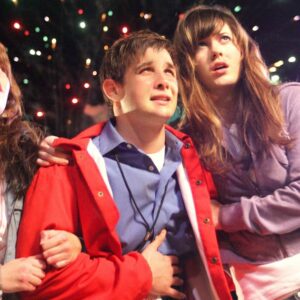
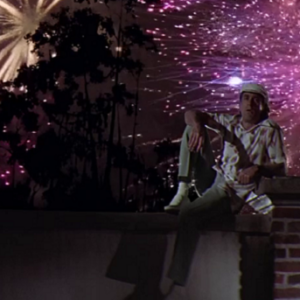
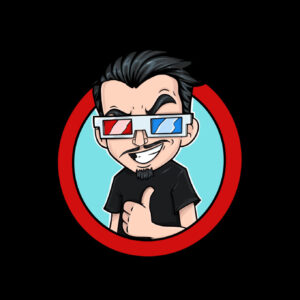
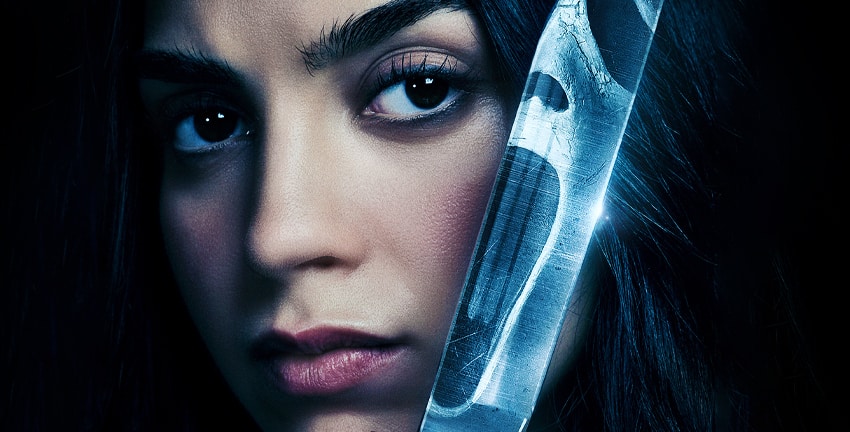





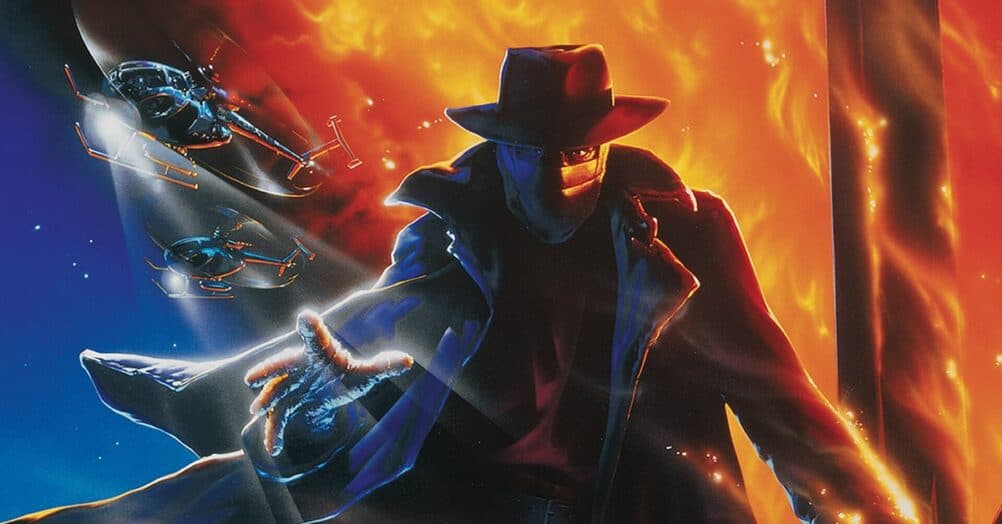
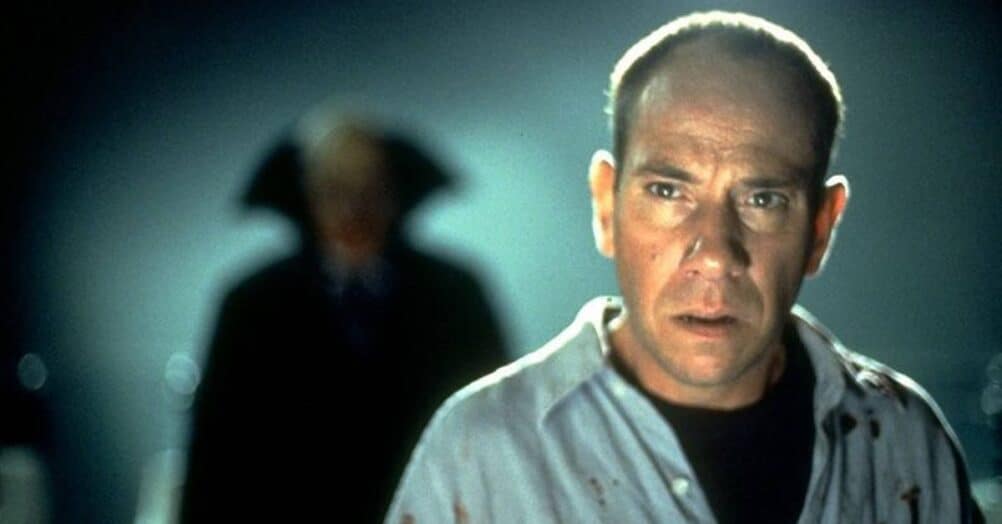


Follow the JOBLO MOVIE NETWORK
Follow us on YOUTUBE
Follow ARROW IN THE HEAD
Follow AITH on YOUTUBE